Position Title: IOM X Communications Intern
Duty Station: Bangkok, Thailand
Type of Appointment: Internship Contract, three months
Closing Date of Vacancy: March 08, 2018 Estimated Start Date: As soon as possible.
Established in 1951, the International Organization for Migration (IOM) is the principal inter-governmental organization in the field of migration and works closely with governmental, intergovernmental and non-governmental partners. IOM is dedicated to promoting humane and orderly migration for the benefit of all. It does so by providing services and advice to governments and migrants.
Context: IOM X is the International Organization for Migration’s groundbreaking campaign to encourage safe migration and public action to prevent human trafficking and exploitation. By leveraging the power and popularity of media and technology, and using a Communication for Development (C4D) approach, IOM X inspires young people and their communities to act against human trafficking. In partnership with the United States Agency for International Development (USAID), IOM X works closely with key stakeholders and influencers across the globe, including international and local celebrities, media and corporate partners, anti-trafficking and youth organizations, government agencies and young people to drive a worldwide movement.
Scope of Work: Under the overall supervision of the IOM X Campaign Programme Team Leader and the direct supervision of the IOM X Communication & PR Officer, the incumbent will be assigned, but not limited to, the tasks outlined below. The incumbent shall observe IOM’s Data Protection Policy and other relevant guidelines as necessary as per instruction from the Programme Team Leader.
- Support resource mobilization as well as the establishment and management of new partnerships through conducting research and writing of concept notes, pitch decks, proposals and presentations.
Support Research and Learning activities by analyzing data necessary for IOM to strategically plan and implement its IOM X communications activities. - Assist with generating summary reports of IOM X research findings for internal and external dissemination.
- Support the development of fact sheets and content to be used via social media.
Assist the planning, logistics and organization of meetings, seminars, trainings and workshops when needed. - Assist with the adaptation and versioning of IOM X Campaign content for wider distribution. Such tasks may include, but not be limited to, updating scripts, time coding, reformatting and amending layout.
- Editing and proofreading of public communication materials.
- Perform such other duties as may be assigned.
Eligibility and Selection
The Internship Programme aims at attracting talented students and graduates who have a specific interest in, or whose studies have covered, areas relevant to IOM programmes and activities. Interns must be between 19 and 36 years old and should have less than two years of relevant working experience. The Internship Programme is open to candidates of any nationality.
Minimum Experience and Requirements
- Must hold an undergraduate degree in human rights, human trafficking, migration studies, development studies, international relations, education, journalism, communication or related fields;Proven research and analytical skills are essential, as the candidate will be required to collect research about human trafficking from a variety of resources and summarize in short reports that will be distributed to staff, counter-trafficking stakeholders, and general public;
- Flourish in an international, multicultural, multilingual environment;
- Ability to work both with minimal supervision and hand-in-hand with the supervisor;
- Fluent English writing and communication skills;
- Familiarity with computer programs, including MS Office programs (Word, Excel, Access, PowerPoint, Publisher), Survey Monkeys.
Desired Qualifications
- Experience working in a multi-cultural setting. Demonstrates initiative with the ability to express ideas
- Persistent, calm, and polite in the face of challenges and stress
- Proven experience in conducting quantitative and/or qualitative research is desirable
- Accepts and gives constructive criticism
- Sensitive to gender issues, personal commitment, efficiency, flexibility.
General Information
a) Interns are granted a stipend of Baht 12,018 per month as partial contribution to accommodation and living expenses. Interns benefiting from an internship allowance or scholarship granted by his/her University or other sponsoring body that includes financial remuneration will not be eligible for the stipend.
b) Any work produced by interns during their internship within the framework of the duties assigned to them should be used for academic purposes exclusively. All economic and moral rights (copyright) pertaining to such work will remain the exclusive property of IOM.
How to Apply
Interested candidates are invited to submit their applications via e-mail to [email protected] by March 08, 2018 at the latest, referring to this advertisement. Please include the reference code ROBKK-2018-002 followed by your full name in the subject line.
Applications must include: a) a cover not more than one page, specifying the motivation for applications; b) a curriculum vitae; c) a duly completed IOM Personal History Form (click here to download the form); and d) 2-3 writing samples (any relevant topic).
Internship applicants will be contacted only if under serious consideration for an internship assignment.
Posting Period: From February 22, 2018 to March 08, 2018.
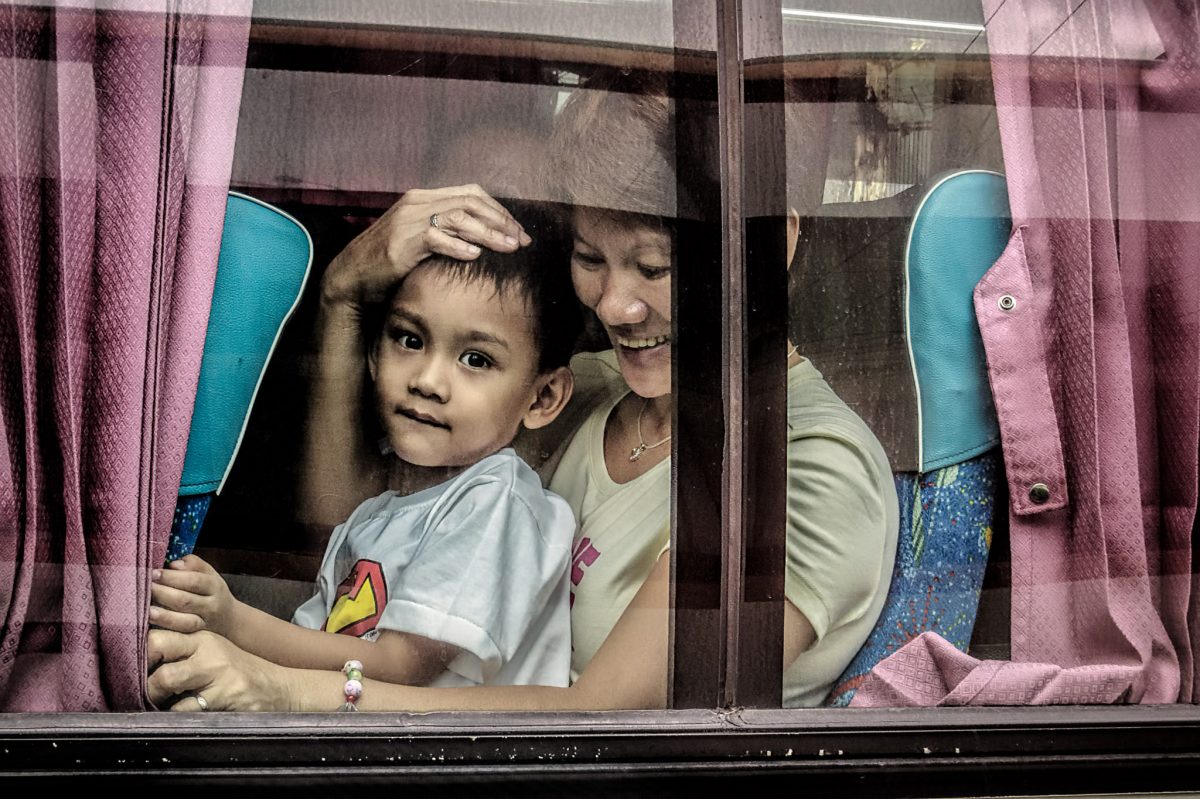
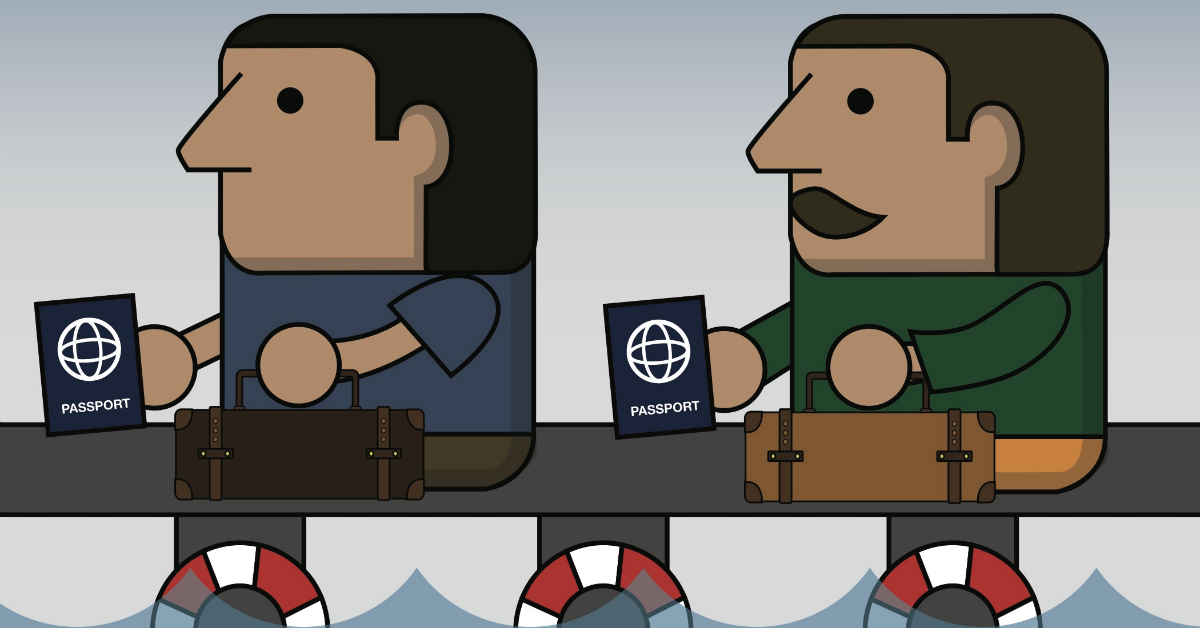
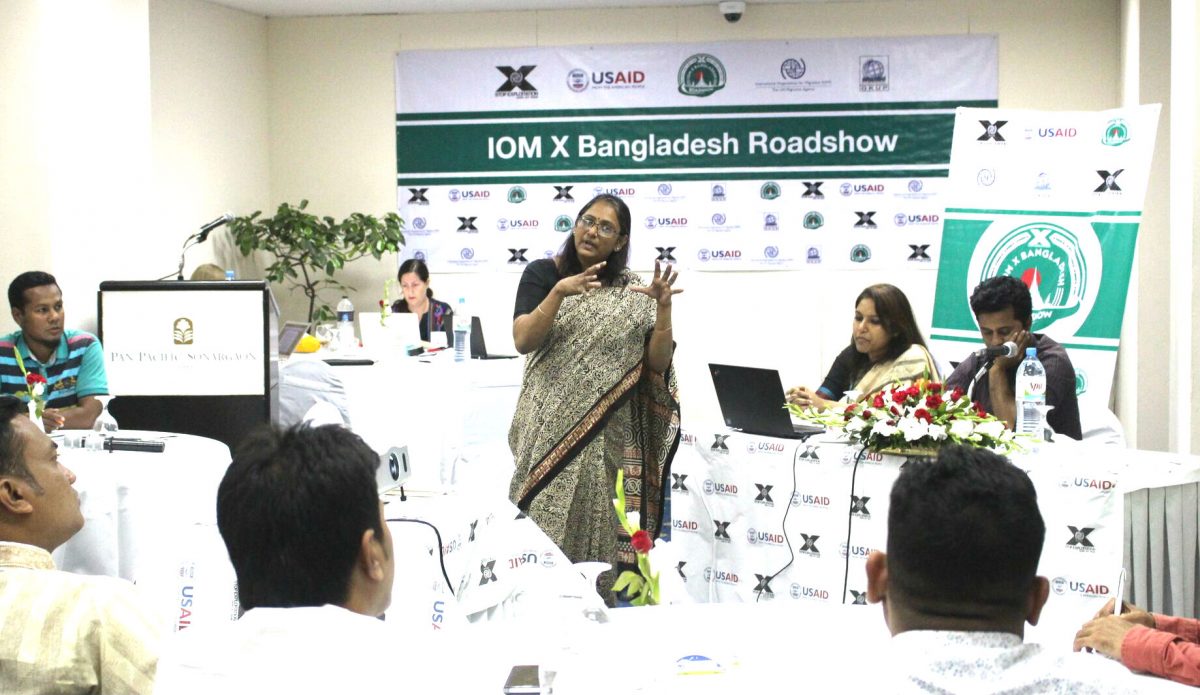

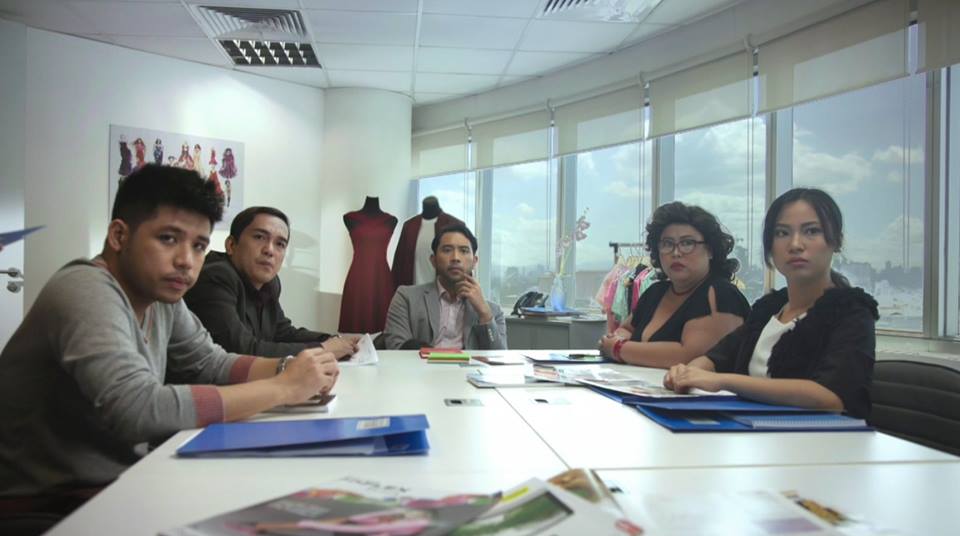







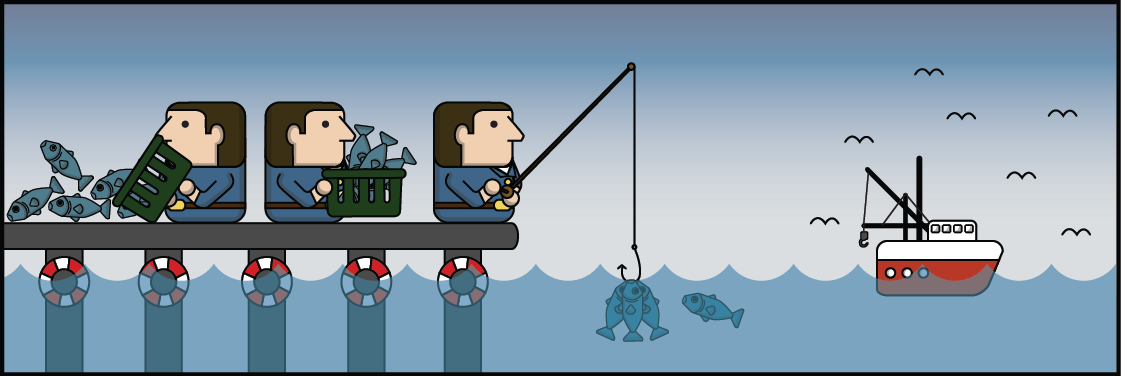









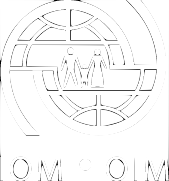 Power by
Power by